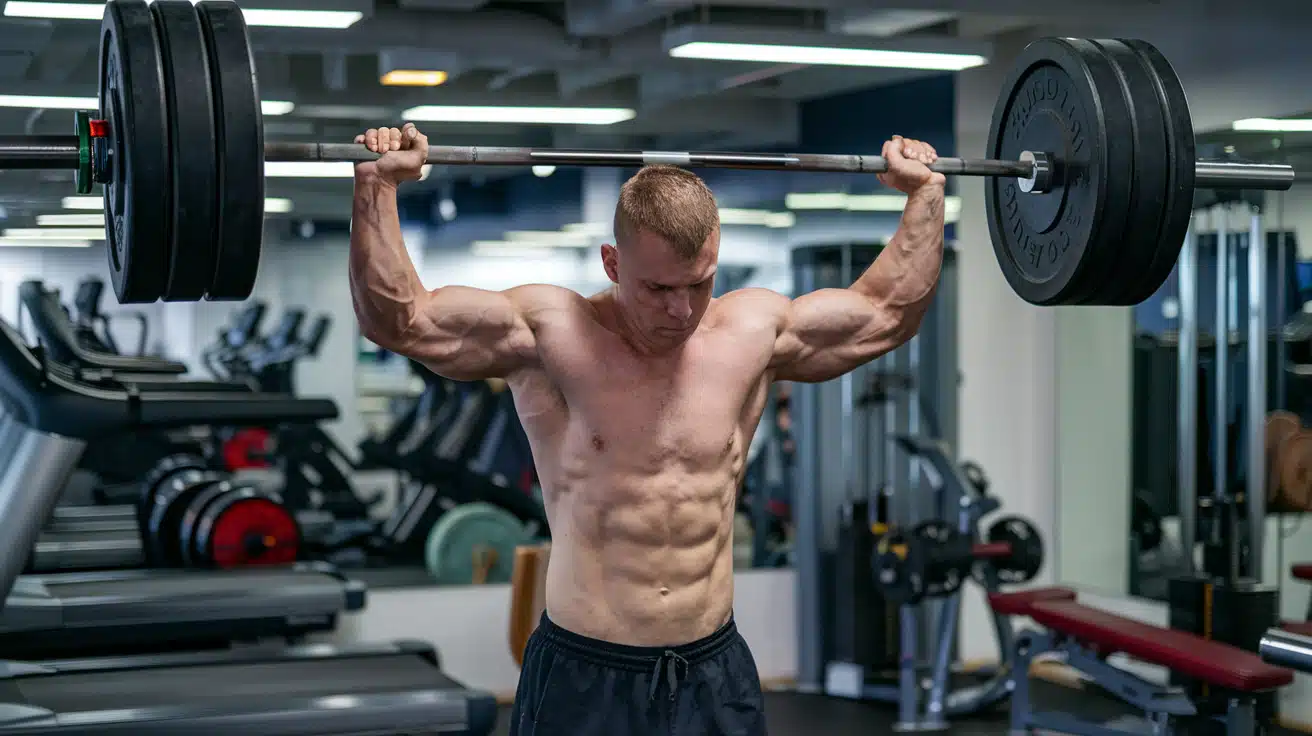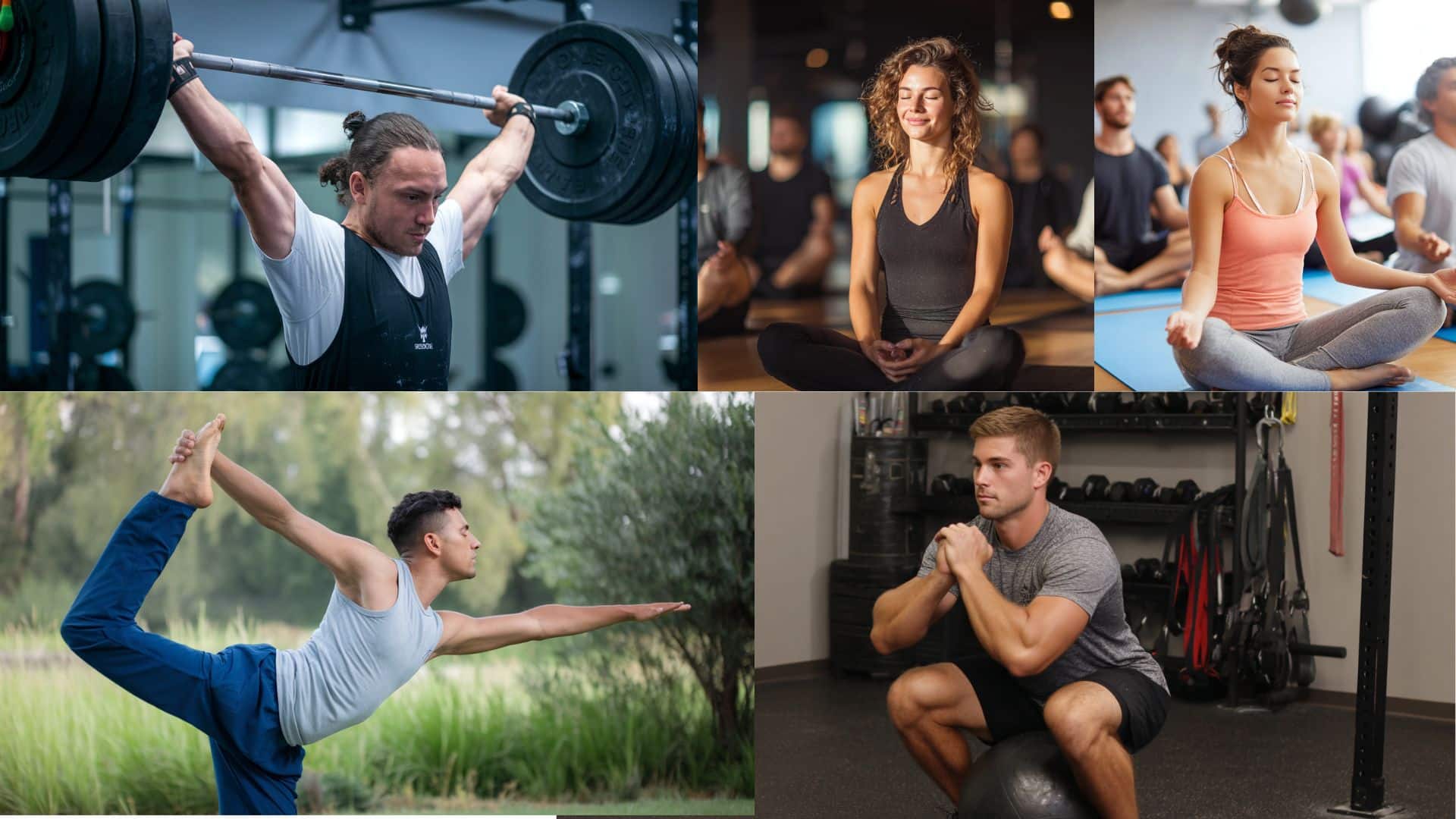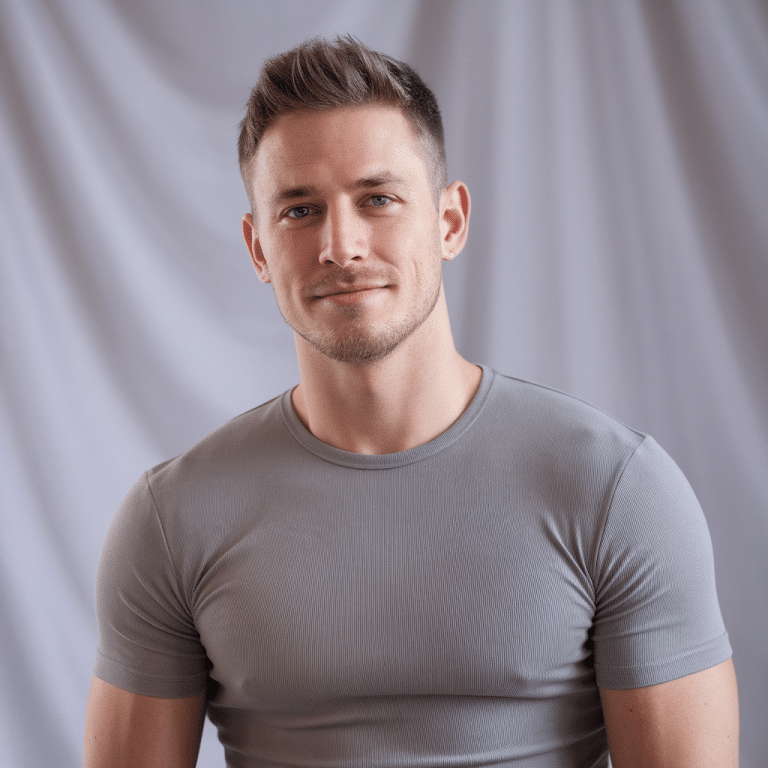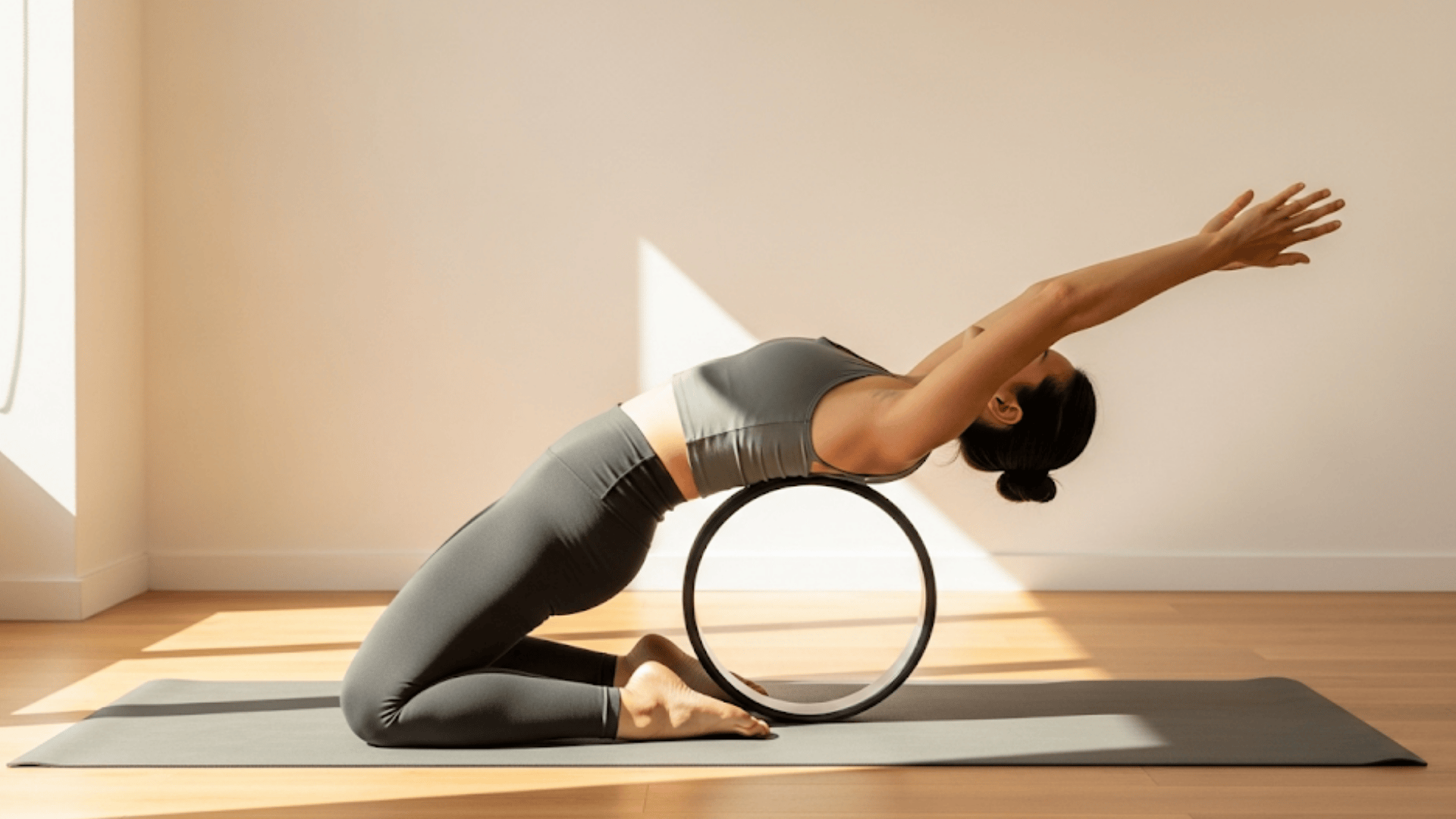Imagine struggling to lift your toddler after a long workout. Or feeling your back strain while carrying groceries upstairs. Traditional gym routines can build impressive muscles, but they often fail to support us in daily tasks.
This disconnect happens because most workouts focus on isolated movements rather than practical strength. Functional strength training bridges this gap by training your body for real-world activities.
This guide explains what functional strength training is, how it differs from conventional methods, and why it might be the missing piece in your fitness routine.
You’ll learn key characteristics, practical benefits, and sample exercises that convert gym strength into life strength.
What Is Functional Strength Training?
Functional strength training prepares your body for everyday activities. Unlike traditional weightlifting, which targets specific muscles, this approach focuses on the movement patterns you use on a daily basis.
Think about picking up a heavy box. You don’t just use your biceps. Your legs, core, back, and shoulders work together as one unit. Functional training teaches these muscle groups to work in coordination.
The goal isn’t building the biggest biceps. It’s creating strength that transfers to real-world tasks, such as climbing stairs, playing with kids, or moving furniture.
Traditional strength training often prioritizes muscle size and maximum weight lifted. Functional training takes a different path.
This method emphasizes three key elements working together:
- Strength in multiple planes of motion
- Stability through your core and joints
- Mobility that supports natural movement
Your body learns to move as nature intended. Instead of forcing muscles into artificial patterns, you train movements that feel natural and sustainable.
7 Key Characteristics of Functional Training
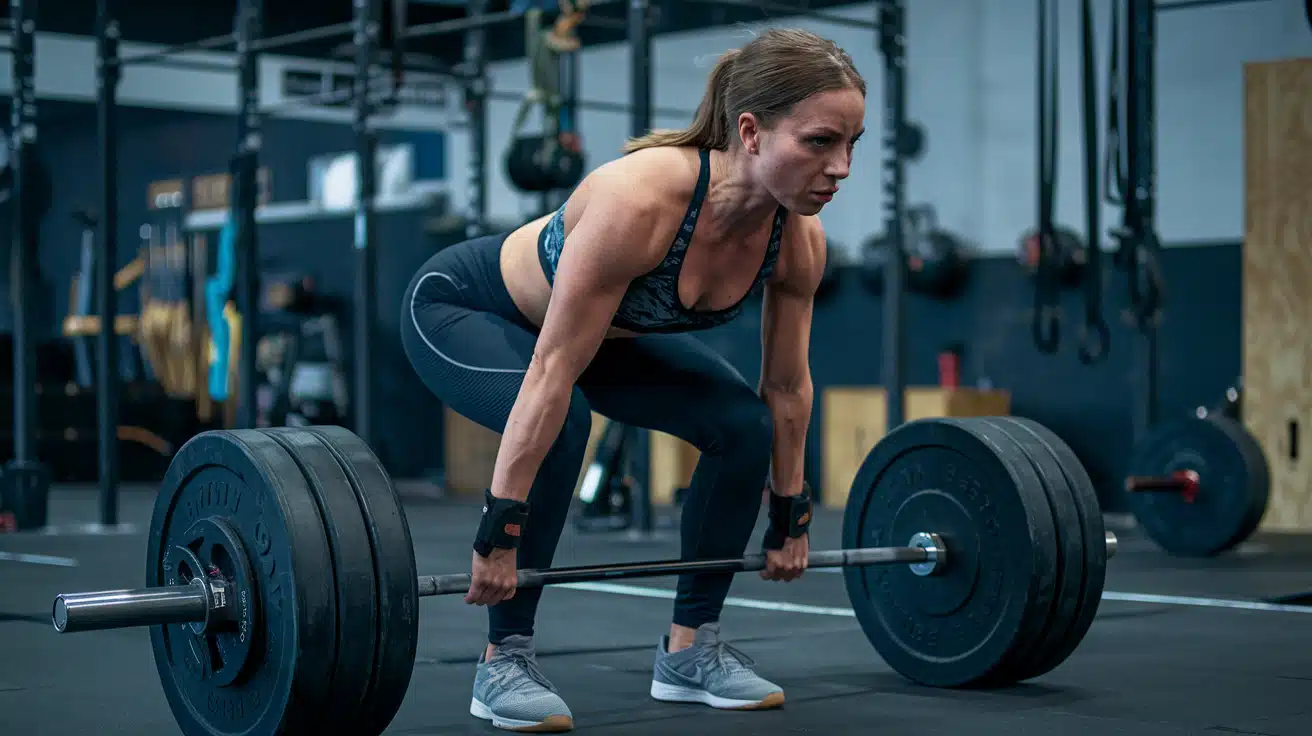
Functional training stands apart from traditional methods through several defining features:
1. Movement-Based Focus: Uses compound exercises that engage multiple muscle groups simultaneously rather than isolating individual muscles
2. Multi-Joint Integration: Teaches muscle groups to work together as one coordinated system, mimicking real-world movement patterns
3. Three-Dimensional Training: Addresses movement in all planes – forward/backward, side-to-side, and rotational motions
4. Natural Movement Patterns: Every exercise mimics activities you perform outside the gym, from squats for sitting/standing to rotations for reaching across your body
5. Core Stability Emphasis: Strengthens your trunk and stabilizing muscles to support movement in all directions
6. Balance and Coordination: Improves proprioception and body awareness through unstable and challenging positions
7. Functional Load Distribution: Teaches proper mechanics for lifting, pushing, pulling, and twisting to reduce strain on individual joints
Traditional Strength Training Vs. Functional Strength Training
Understanding the differences between functional and traditional strength training helps you choose the most effective approach for your goals. While both methods build strength, they take vastly different paths to get there.
Traditional strength training focuses on isolating individual muscles and lifting maximum weights. Functional training prioritizes movement quality and real-world application. Let’s break down these key differences:
| Aspect | Traditional Strength Training | Functional Strength Training |
|---|---|---|
| Muscle Focus | Isolates individual muscles | Integrates multiple muscle groups |
| Movement Pattern | Fixed, machine-guided motions | Free-form, natural movements |
| Real-World Transfer | Limited practical application | Direct transfer to daily activities |
| Injury Prevention | May create muscle imbalances | Improves movement mechanics |
| Core Engagement | Often neglected or isolated | Always engaged during exercises |
| Balance & Coordination | Minimal improvement | Significant enhancement |
| Age Adaptability | It can be intimidating for beginners | Suitable for all fitness levels |
| Movement Planes | Primarily up/down motions | All three planes of movement |
| Joint Health | May stress joints through isolation | Promotes joint stability |
| Daily Performance | Muscle growth focused | Improves everyday tasks |
Functional training doesn’t entirely replace traditional methods. Many people benefit from combining both approaches.
However, if you want to improve your daily quality of life through increased strength, functional training offers superior practical benefits.
Sample Functional Strength Exercises
Ready to put functional training into practice? These exercises form the foundation of effective functional strength programs. Each movement pattern mirrors real-life activities while building strength, stability, and coordination.
Start with bodyweight versions to master proper form. Focus on movement quality over weight or repetitions. Your goal is to teach your body to move efficiently and safely.
Foundational Moves: The Big Six Patterns
Six basic movement patterns form the foundation of functional training:
- Squat Pattern: Builds leg and glute strength for sitting, standing, and lifting from the ground. Start with bodyweight squats and progress to goblet squats with a weight.
- Hinge Pattern: Deadlifts and hip hinges teach proper lifting mechanics while strengthening your posterior chain. This protects your back during daily activities.
- Lunge Pattern: Single-leg movements improve balance and unilateral strength. Forward, reverse, and lateral lunges prepare you for stepping and climbing.
- Push Pattern: Overhead presses and push-ups build functional upper body strength for lifting objects and pushing movements.
- Pull Pattern: Rows and pull-ups balance pushing movements while improving posture and grip strength.
- Rotation Pattern: Wood chops and anti-rotation exercises train your core for twisting movements and spinal stability.
Yoga-Infused Variations for Mind-Body Connection
Yoga poses naturally incorporate functional movement principles:
- Chair Pose: This builds squat strength while improving posture and breathing awareness. Hold for time to build endurance alongside strength.
- Warrior III: It challenges single-leg balance and posterior chain strength. This directly translates to better stability and fall prevention.
- Flowing Sequence: Similar to sun salutations, this combines multiple movement patterns to improve mobility and coordination.
- Rotational Flows: It is like a revolving triangle that teaches spinal rotation with control and awareness.
Remember, functional training is about building strength that serves your daily life. Start simple, progress gradually, and focus on how these movements make everyday activities feel easier and more natural.
Beginner to Advanced ProgressionsStart with bodyweight movements to master proper form. Focus on quality over quantity in the early stages. Beginner Level: Bodyweight squats, modified push-ups, glute bridges, and planks build foundational strength safely. Intermediate Level: Add resistance bands, light dumbbells, or kettlebells to increase challenge while maintaining good form. Advanced Level: Progress to complex movements like Turkish get-ups, single-arm loaded carries, and plyometric variations. |
Conclusion
Functional strength training builds practical power that serves you beyond the gym walls. Unlike traditional methods that isolate individual muscles, this approach trains your body as an integrated system to meet real-world demands.
The difference lies in movement-based training that enhances daily activities while reducing the risk of injury. From carrying groceries to playing with grandchildren, functional strength makes life easier and more enjoyable.
Consider blending functional exercises with yoga practice for optimal results. This combination creates both strength and mobility that support long-term health and vitality.
Ready to build strength that actually matters in your daily life?
Begin with basic bodyweight movements and prioritize quality over quantity. Your future self will thank you for training smart, not just hard.

